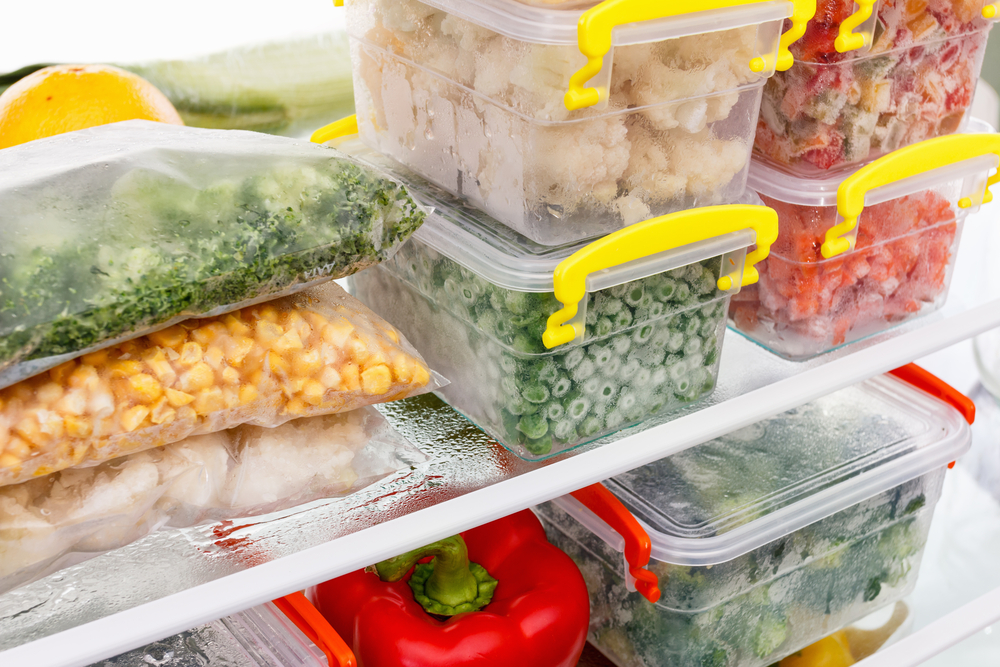Leftovers are a common occurrence in most households, and it’s always a good idea to save them for later use. Freezing leftovers is an excellent way to reduce food waste and save time in the kitchen.
However, not all leftovers can be frozen, and not all can be frozen in the same way. In this article, we will discuss how to freeze the 10 most common leftovers.
Understanding the basics of freezing is crucial before attempting to freeze any leftovers. It’s essential to know the proper way to prepare the food, the right containers to use, and how to label and store them correctly.
This article will cover all the necessary steps to ensure that the frozen leftovers remain safe to consume and retain their quality.
Key Takeaways
- Freezing leftovers can reduce food waste and save time in the kitchen.
- Proper preparation, labeling, and storage are crucial when freezing leftovers.
- Freezing leftovers can be an easy and convenient way to have meals ready for later consumption.
Understanding the Basics of Freezing
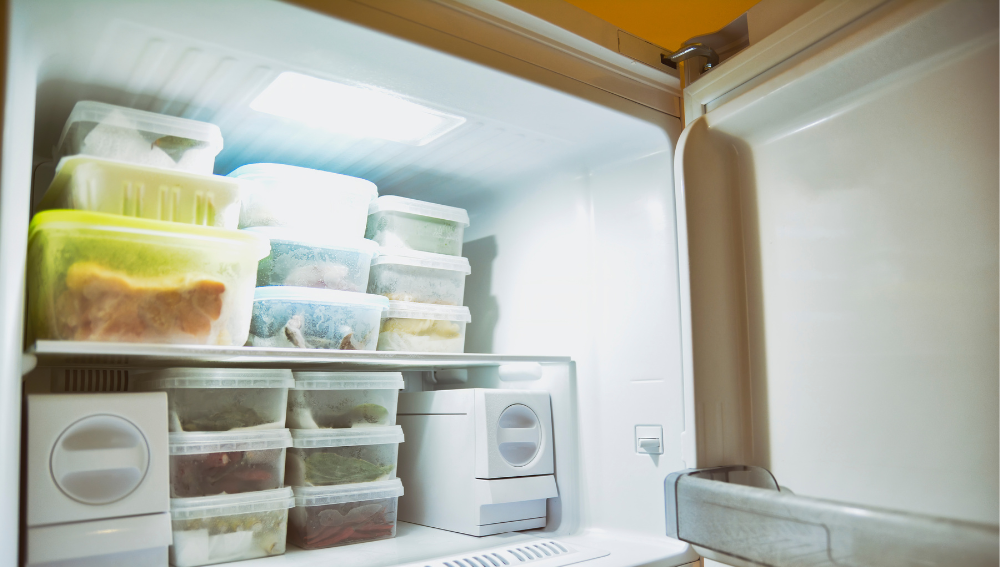
The Importance of Freezing Leftovers
Freezing leftovers is an excellent way to save food, money, and time. By freezing leftovers, you can extend the shelf life of your food and avoid food waste.
According to the FDA, leftovers can be safely stored in the freezer indefinitely, but they can lose moisture and flavor when stored for too long.
Freezing leftovers is also a great way to meal prep. By freezing already-prepped foods, you can save time and energy on busy weeknights. Freezing leftovers can also help you avoid the temptation of ordering takeout when you’re too tired to cook.
The Role of Temperature in Freezing
Temperature plays a crucial role in freezing leftovers. When food is stored at room temperature, bacteria can grow rapidly, leading to foodborne illness.
The danger zone for food is between 40°F and 140°F. To prevent bacteria growth, it’s crucial to freeze leftovers as soon as possible after cooking.
When freezing leftovers, it’s essential to use a freezer that maintains a temperature of 0°F or lower. A freezer that is too warm can lead to freezer burn, which can affect the quality of the food and cause it to become dry and tasteless.
To prevent freezer burn, it’s essential to store leftovers in airtight containers or freezer bags. Removing as much air as possible from the container or bag can also help prevent freezer burn.
In summary, freezing leftovers is an excellent way to save food, money, and time. To ensure food safety and prevent freezer burn, it’s crucial to freeze leftovers as soon as possible after cooking and store them in a freezer that maintains a temperature of 0°F or lower.
Preparation Before Freezing

Before freezing leftovers, there are a few things to keep in mind to ensure they stay fresh and safe to eat. This section will cover two important aspects of preparation: cooling leftovers and packaging for the freezer.
Cooling Leftovers
It’s essential to cool leftovers to room temperature before placing them in the freezer. This is because hot food can raise the temperature of the freezer, which can cause other items in the freezer to thaw and spoil. Additionally, placing hot food in the freezer can create condensation, which can lead to freezer burn.
To cool leftovers, transfer them to a shallow container and place them in the refrigerator. Once they reach room temperature, they are ready to be frozen. If you’re in a hurry, you can place the container in a bowl of ice water to speed up the cooling process.
Packaging for the Freezer
Proper packaging is crucial to keep leftovers fresh in the freezer. Here are some tips for packaging leftovers:
- Use freezer-safe bags or containers: Freezer-safe bags and containers are designed to withstand the low temperatures of the freezer without cracking or breaking.
- Use plastic wrap: If you’re using a container, cover the leftovers with plastic wrap before putting on the lid. This helps prevent freezer burn and keeps the food fresh.
- Label and date: Always label the container or bag with the contents and the date it was frozen. This makes it easier to keep track of what’s in your freezer and how long it’s been there.
- Remove excess air: When using a freezer bag, squeeze out as much air as possible before sealing it. This helps prevent freezer burn and keeps the food fresh.
By following these tips, you can ensure that your leftovers stay fresh and safe to eat in the freezer.
Freezing Different Types of Leftovers
When it comes to freezing leftovers, there are a few things to keep in mind to ensure that your food stays fresh and flavorful. Whether you’re freezing bread, soups and stews, meat and fish, pasta and casseroles, or vegetables, there are a few general principles to follow.
First, make sure that your food is completely cooled before you freeze it. This will help prevent freezer burn and ensure that your food stays fresh. Additionally, it’s important to label your leftovers with the date that you froze them, so that you can keep track of how long they’ve been in the freezer.
Freezing Bread and Baked Goods
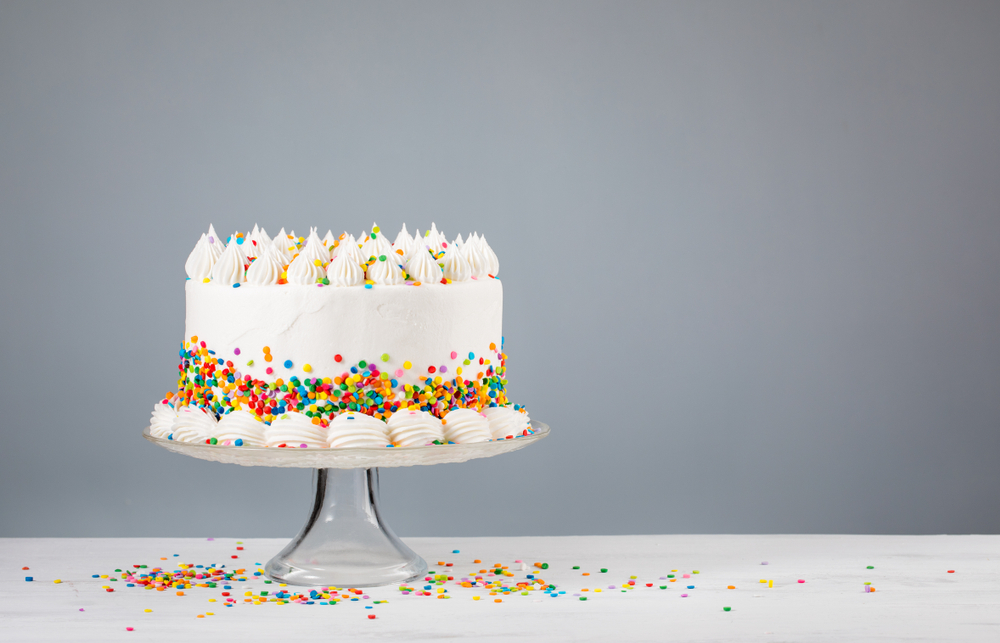
Bread and baked goods can be frozen for up to three months with minimal loss of flavor and texture. To freeze bread, wrap it tightly in plastic wrap or aluminum foil and then place it in a freezer-safe bag.
For baked goods like muffins and dinner rolls, wrap them individually in plastic wrap and then place them in a freezer-safe bag.
Freezing Soups and Stews

Soups and stews are perfect for freezing, as they often taste even better after they’ve been frozen and reheated. To freeze soup or stew, let it cool completely and then transfer it to a freezer-safe container.
Leave a little bit of room at the top of the container to allow for expansion, and make sure to label the container with the contents and the date that you froze it.
Freezing Meat and Fish
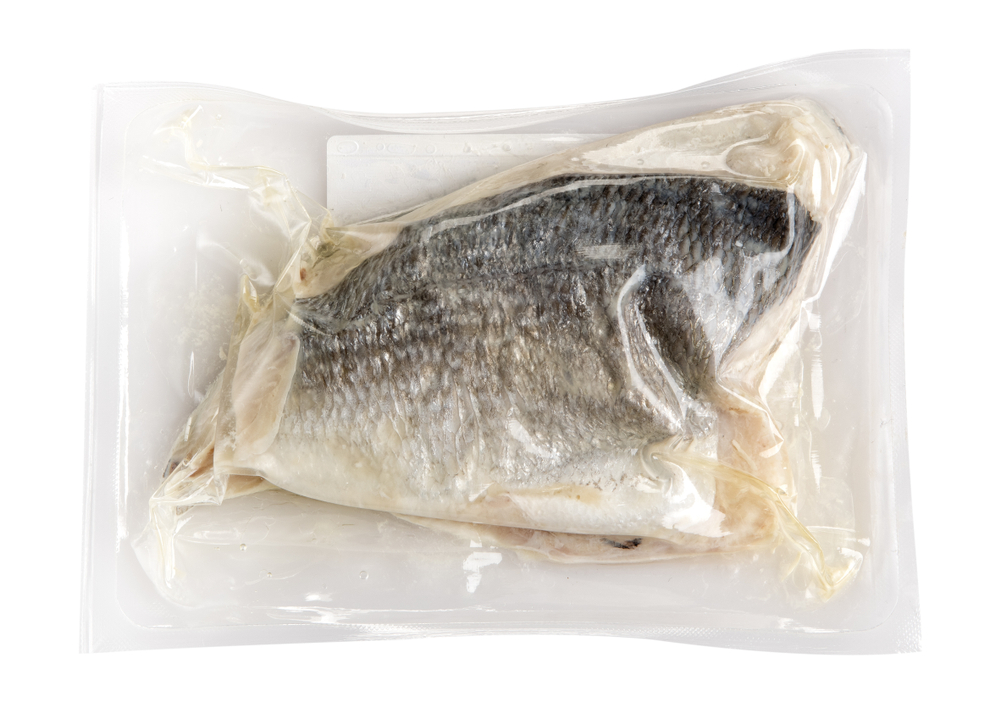
Meat and fish can be frozen for up to six months, depending on the type of meat and how it’s prepared. To freeze fish or meat, wrap it tightly in plastic wrap or aluminum foil and then place it in a freezer-safe bag.
For cooked meat or fish, let it cool completely before freezing.
Freezing Pasta and Casseroles
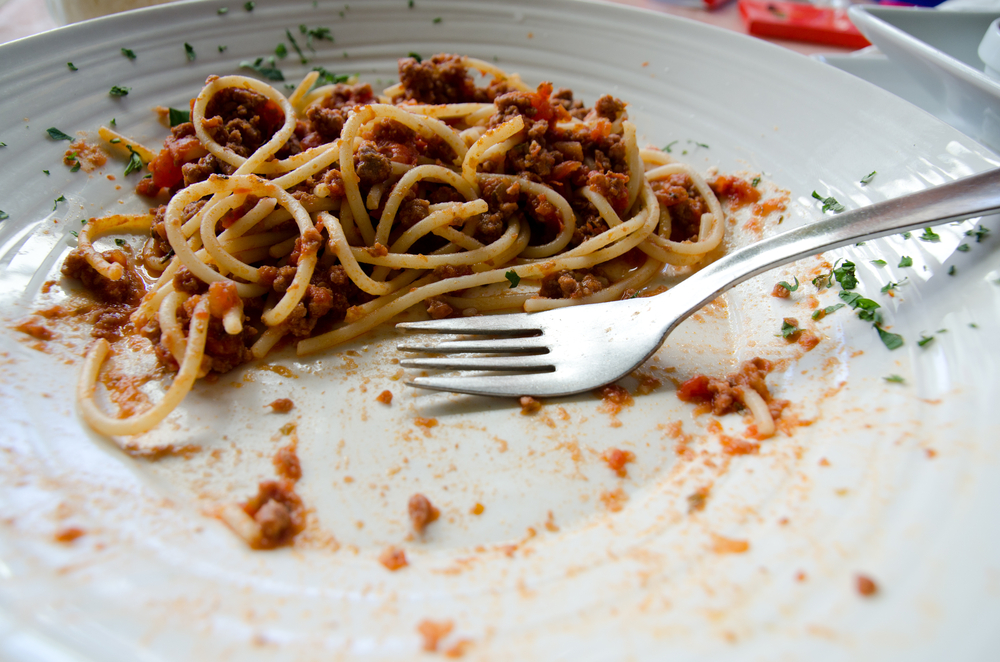
Pasta and casseroles can be frozen for up to three months. To freeze pasta or casseroles, transfer them to a freezer-safe container and then cover the container with plastic wrap or foil. Alternatively, you can freeze individual portions in freezer-safe bags.
Freezing Vegetables
Vegetables can be frozen for up to six months, depending on the type of vegetable and how it’s prepared. To freeze vegetables, blanch them first by boiling them for a few minutes and then transferring them to a bowl of ice water.
This will help preserve their flavor and texture. Once the vegetables are blanched, transfer them to a freezer-safe bag or container.
Overall, freezing leftovers is a great way to save time and money, while also reducing food waste. By following these simple guidelines, you can ensure that your frozen leftovers stay fresh and flavorful, no matter what type of food you’re freezing.
Storing and Labeling Frozen Leftovers
Once the leftovers have been properly frozen, it is important to store them correctly to ensure that they remain safe to eat and maintain their quality. This section will cover the best practices for storing and labeling frozen leftovers.
Storing Frozen Leftovers
When it comes to storing frozen leftovers, there are a few key things to keep in mind. First, it is important to choose the right container. Freezer bags or zip-top bags are a great option for storing leftovers as they take up less space in the freezer and are easy to label.
However, if you are freezing something that is liquid, such as soup or stew, it is best to use a freezer-safe container with a tight-fitting lid.
It is also important to make sure that the leftovers are completely cooled before placing them in the freezer. This will help to prevent freezer burn and ensure that the food stays fresh for longer.
Labeling Frozen Leftovers
Labeling frozen leftovers is essential for keeping track of what is in your freezer and when it was frozen. This will help you to avoid wasting food by ensuring that you use up the oldest items first.
When labeling frozen leftovers, be sure to include the date that the food was frozen as well as what it is. You can use a permanent marker to write directly on the container or bag, or you can use labels or masking tape.
It is also a good idea to include any reheating instructions on the label. This will make it easier to prepare the leftovers when you are ready to eat them.
Overall, storing and labeling frozen leftovers is a simple but important step in reducing food waste and ensuring that you always have a supply of delicious and nutritious meals on hand.
Reheating and Consuming Frozen Leftovers
When it comes to reheating frozen leftovers, it is important to follow proper food safety guidelines to prevent the risk of foodborne illness.
The USDA recommends reheating leftovers to an internal temperature of 165°F as measured with a food thermometer. This ensures that any harmful bacteria present in the food are destroyed, making it safe to consume.
To reheat frozen leftovers, there are several methods you can use. One common method is to thaw the leftovers in the refrigerator overnight and then reheat them in the oven or microwave.
Another option is to reheat the frozen leftovers directly in the oven or on the stovetop, but this may take longer and require more attention to prevent overcooking or burning.
It is important to note that not all foods are safe to refreeze after they have been thawed. According to the USDA, it is safe to refreeze any food remaining after reheating previously frozen leftovers to the safe temperature of 165°F.
However, some foods may lose quality or texture after being frozen and thawed, so it is best to use your judgment and taste the food before deciding to refreeze it.
In addition to proper reheating techniques, it is important to store frozen leftovers properly to maintain their quality and safety.
Leftovers should be stored in airtight containers or freezer bags and labeled with the date they were frozen. It is recommended to consume frozen leftovers within 3-4 months for best quality.
Overall, reheating and consuming frozen leftovers can be a convenient and cost-effective way to reduce food waste and enjoy delicious meals. By following proper food safety guidelines and using your judgment, you can ensure that your frozen leftovers are safe and enjoyable to eat.
Preventing and Identifying Freezer Burn
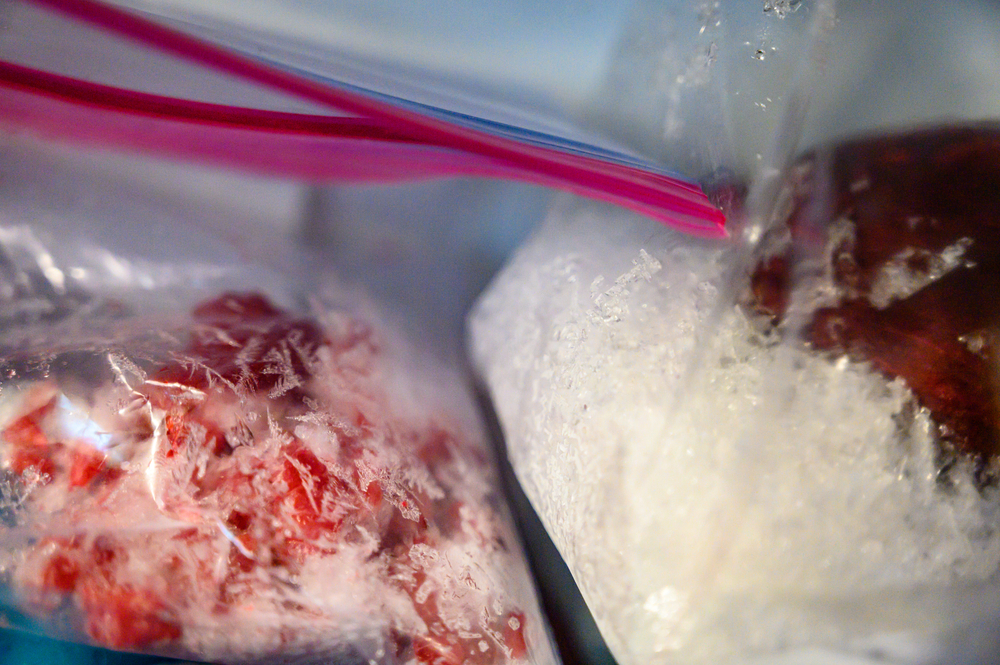
Freezer burn is a common problem that occurs when frozen food is exposed to air. It is caused by the loss of moisture from the food, which results in the formation of ice crystals on the surface.
These ice crystals can cause the food to become dry, tough, and unappetizing.
To prevent freezer burn, it is important to store food properly. Here are some tips to help you prevent freezer burn:
- Use airtight containers: When storing food in the freezer, it is important to use airtight containers that will prevent air from getting in. This will help to keep the food fresh and prevent freezer burn.
- Wrap food properly: If you are using plastic wrap, make sure to wrap the food tightly to prevent air from getting in. For best results, you can use multiple layers of plastic wrap or use a combination of plastic wrap and aluminum foil.
- Freeze food quickly: The longer food sits in the freezer, the more likely it is to develop freezer burn. To prevent this, freeze food as quickly as possible after it has been cooked or prepared.
- Label and date food: To avoid confusion and ensure that you are using the oldest food first, it is important to label and date the food that you store in the freezer.
If you do notice that your food has developed freezer burn, it is still safe to eat, but it may not be as appetizing. To identify freezer burn, look for the following signs:
- Dry, leathery, or discolored patches on the surface of the food
- Ice crystals on the surface of the food
- A strong odor or flavor that is different from what you would expect
If you notice any of these signs, you can still use the food, but you may need to trim off the affected areas or use it in a recipe where the texture and flavor will not be as noticeable.
Common Misconceptions About Freezing Leftovers
There are several misconceptions about freezing leftovers that can lead to food waste or even foodborne illness. Here are some of the most common ones:
Misconception 1: Freezing leftovers will ruin their texture
Many people avoid freezing leftovers because they believe that the texture will be ruined once the food is thawed.
However, this is not always the case. While some foods, such as lettuce or cucumbers, do not freeze well, many others do. For example, soups, stews, and casseroles can often be frozen without any significant change in texture.
Misconception 2: You can freeze any type of food
While it is true that many types of food can be safely frozen, not all foods are suitable for freezing. Raw meat, for example, should be frozen as soon as possible after purchase, as it can quickly develop harmful bacteria when stored at room temperature.
Similarly, foods that contain sour cream or mayonnaise should be avoided, as they can separate and become watery when frozen.
Misconception 3: You can freeze leftovers indefinitely
While it is true that frozen food can be stored for a long time, it is not true that it can be stored indefinitely. The FDA recommends that frozen food be consumed within 3-4 months for optimal quality and safety.
After this time, the food may still be safe to eat, but the texture and flavor may be compromised.
Misconception 4: You don’t need to cool leftovers before freezing them
It is important to cool leftovers before freezing them to prevent the growth of harmful bacteria. The National Center for Home Food Preservation recommends that you cool food to 40°F or below within two hours of cooking and then freeze it promptly.
If you are freezing large quantities of food, you may need to divide it into smaller portions to speed up the cooling process.
Misconception 5: You can freeze cookies and fresh fruit without any preparation
While cookies and fresh fruit can be frozen, they require some preparation to ensure that they retain their texture and flavor.
For example, cookies should be wrapped individually in plastic wrap or aluminum foil before freezing to prevent them from sticking together. Fresh fruit should be washed, peeled, and sliced before freezing to make it easier to use later.
By understanding these common misconceptions, you can safely and effectively freeze your leftovers to reduce food waste and save money.
The Benefits of Freezing Leftovers
Freezing leftovers is a great way to save money, time, and reduce food waste. It is a simple and effective method of meal prep that can help you make the most of your meals. Here are some benefits of freezing leftovers:
Reduces Food Waste
Food waste is a major problem in the world, and freezing leftovers is one way to reduce it. By freezing leftovers, you can extend the life of your food and prevent it from going bad. This means that you can use your leftovers at a later time, instead of throwing them away.
Saves Time and Money
Freezing leftovers can also save you time and money. By having pre-made meals in your freezer, you can save time on meal prep and cooking.
This is especially helpful on busy days when you don’t have time to cook. Additionally, freezing leftovers can save you money by allowing you to use up all the food you have, instead of buying more.
Convenient Meal Prep
Freezing leftovers is a convenient way to meal prep. You can cook a large batch of food and freeze the leftovers for later.
This means that you can have a variety of meals ready to go whenever you need them. You can also portion out your leftovers into individual servings, making it easy to grab a meal on the go.
In conclusion, freezing leftovers is a simple and effective way to reduce food waste, save time and money, and make meal prep more convenient.
By incorporating this method into your routine, you can make the most of your meals and enjoy the benefits of having pre-made meals ready to go.
Conclusion
Freezing leftovers is a great way to save money, reduce food waste, and make meal prep easier. By following a few simple steps, you can safely freeze and store your leftovers for future use.
First, make sure your leftovers are cooled to room temperature before freezing. This will help prevent bacteria growth and keep your food fresh for longer.
Next, portion your leftovers into individual servings and store them in airtight containers or freezer bags. Label each container with the date and contents so you can easily identify what’s inside.
When it comes to freezing food, it’s important to remember that not all leftovers freeze well. Some foods, like salads and sandwiches, are best eaten fresh and don’t hold up well in the freezer.
However, soups, stews, casseroles, and baked goods are all great candidates for freezing.
To prevent freezer burn and maintain the quality of your frozen food, make sure to squeeze out any excess air from your containers or bags before freezing. You can also use freezer paper or plastic wrap to create an extra layer of protection.
By following these simple tips, you can make the most of your leftovers and keep your freezer stocked with delicious, ready-to-eat meals.
Frequently Asked Questions
What are the top 10 most common leftovers that can be frozen?
The top 10 most common leftovers that can be frozen are cooked meat, soup, stew, chili, casseroles, pasta dishes, rice, cooked vegetables, bread, and baked goods.
How long can leftovers stay in the freezer?
Leftovers can stay in the freezer for up to 3 months. After that, the quality and taste may start to deteriorate.
What are the best containers to use for freezing leftovers?
The best containers to use for freezing leftovers are airtight containers or freezer bags. Glass containers can also be used, but make sure they are freezer-safe and leave enough room for expansion.
Should leftovers be cooled before freezing?
Yes, leftovers should be cooled before freezing. Putting hot food in the freezer can raise the temperature of the freezer and affect the quality of other frozen foods.
Can you freeze casseroles in a glass dish?
Yes, you can freeze casseroles in a glass dish, but make sure the dish is freezer-safe and leave enough room for expansion. It’s also recommended to cover the dish with plastic wrap or aluminum foil before placing it in the freezer.
How do you prevent freezer burn when freezing leftovers?
To prevent freezer burn when freezing leftovers, make sure to use airtight containers or freezer bags, remove as much air as possible, and label the container with the date and contents.
It’s also recommended to wrap the food in plastic wrap or aluminum foil before placing it in the container or bag.





